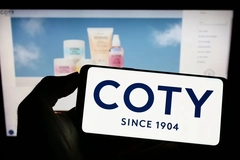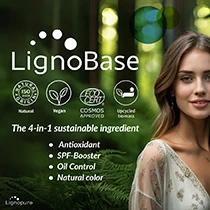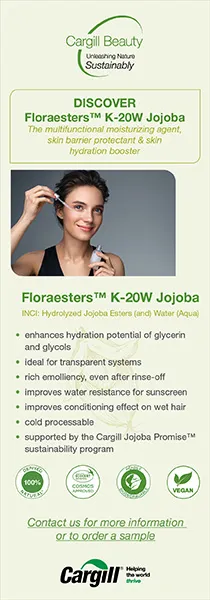Faulty methods of detecting asbestos in talc for cosmetics, FDA flags

14 Jan 2022 --- The US Food and Drug Administration (FDA) has warned methods employed by some cosmetic industry members to test for asbestos in talc-containing cosmetic products do not always detect the presence of asbestos, a known human carcinogen with well-documented health risks.
The agency is issuing a white paper, which it plans to have peer-reviewed.
It could then form part of its consideration of scientific opinions to address asbestos contamination in talc-containing cosmetic products.
Notably, it could lead to regulatory policy developments for standardized detecting asbestos and other similar minerals in cosmetics.
Ensuring the health and safety of US cosmetic users
The FDA has been sampling and testing talc-containing cosmetics for asbestos as part of its overall efforts to help ensure the safety of cosmetics in the US marketplace, says Susan Mayne, director of the FDA’s Center for Food Safety and Applied Nutrition.
“That’s why an interagency working group sought to take a state-of-the-science look at available methods,” she adds.
Taking a scientific approach allows the FDA to intervene where companies can directly sell to US consumers.
The Federal Food, Drug, and Cosmetic Act allow cosmetic products to be sold to US consumers without FDA approval. FDA intends to ensure the safety of cosmetic users.
FDA intends to ensure the safety of cosmetic users.
Case study by IWGACP
The FDA formed the Interagency Working Group on Asbestos in Consumer Products (IWGACP) to develop the white paper titled “Scientific Opinions on Testing Methods for Asbestos in Cosmetic Products Containing Talc (including Talc Intended for Use in Cosmetics).”
The group is made up of experts from US federal agencies. Apart from their expertise, their opinions are informed by public meetings and a docket.
In 1976 the Cosmetic, Toiletry, and Fragrance Association (CTFA) J4–1 adopted the Polarized Light Microscopy (PLM) method to detect amphibole minerals via X-ray.
PLM alone is not very accurate at detecting asbestos, finds the IWGACP. Transmission Electron Microscopy (TEM) found asbestos in products where PLM failed - proving that PLM was not always accurate.
FDA advice for cosmetic companies to test for asbestos
Ultimately, the FDA has issued recommendations for cosmetic companies:
1. Use both PLM and TEM to detect asbestos.
2. Report asbestos and similar particles greater or equal to 0.5 µm in length. The length and width ratio being greater or equal to 3-to-1.
3. Provide reports and documents as evidence.
4. Establish policies and procedures ensuring quality assurance/control for testing methods.
5. Ensure qualification and regular reviews of labs.
FDA’s investigation occurs when “Ethics First” and “Healthification” are some of the top rising trends. Gen Z seeks non-conformity and will not compromise beliefs for the products they use.
Edited by Venya Patel












